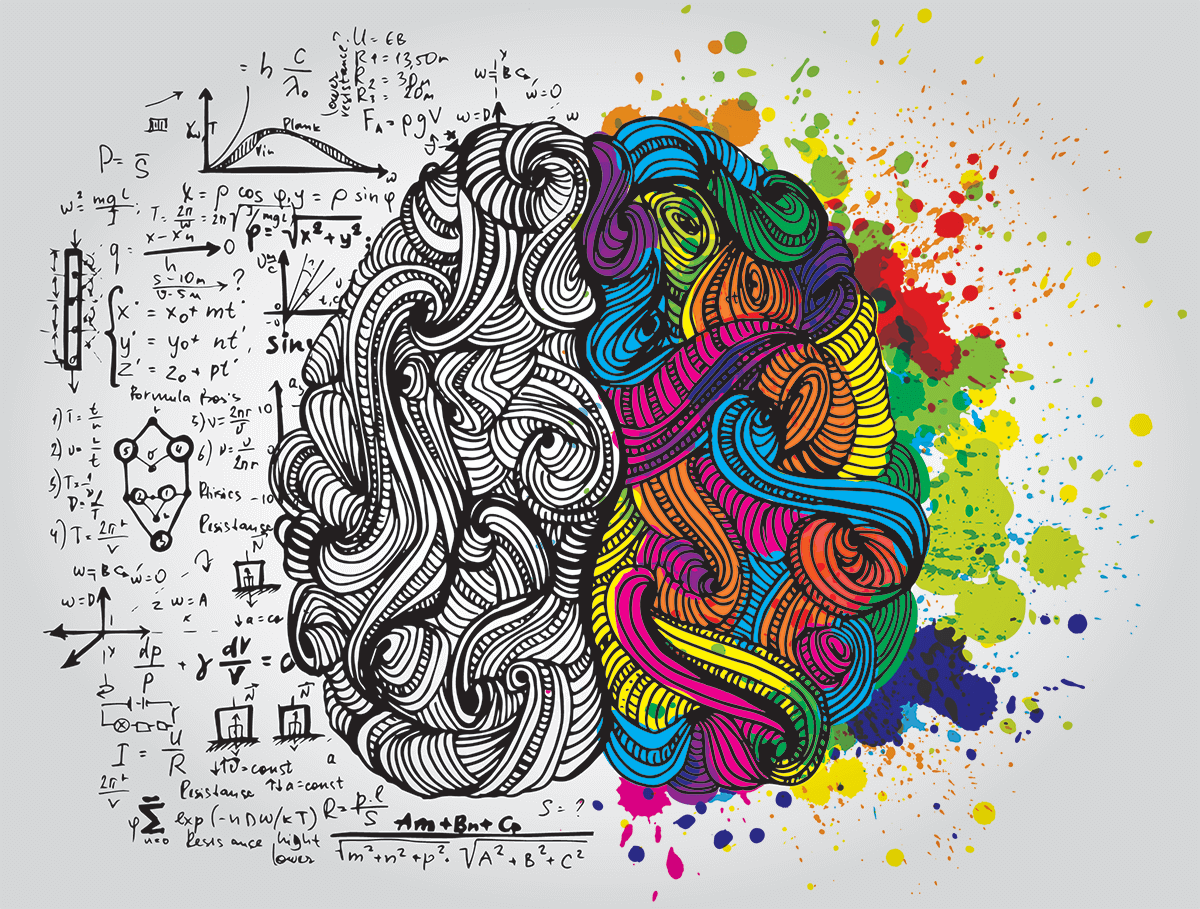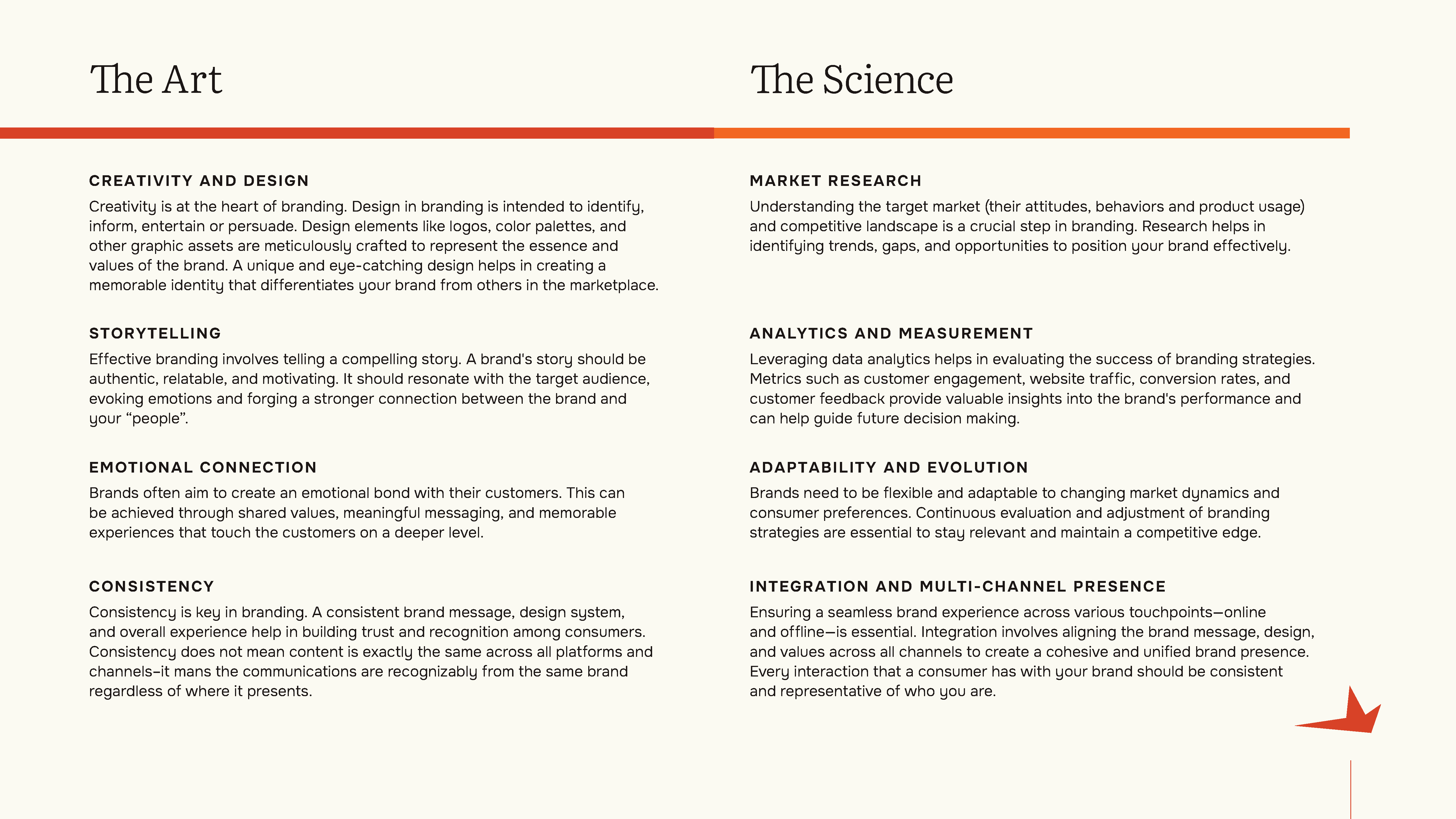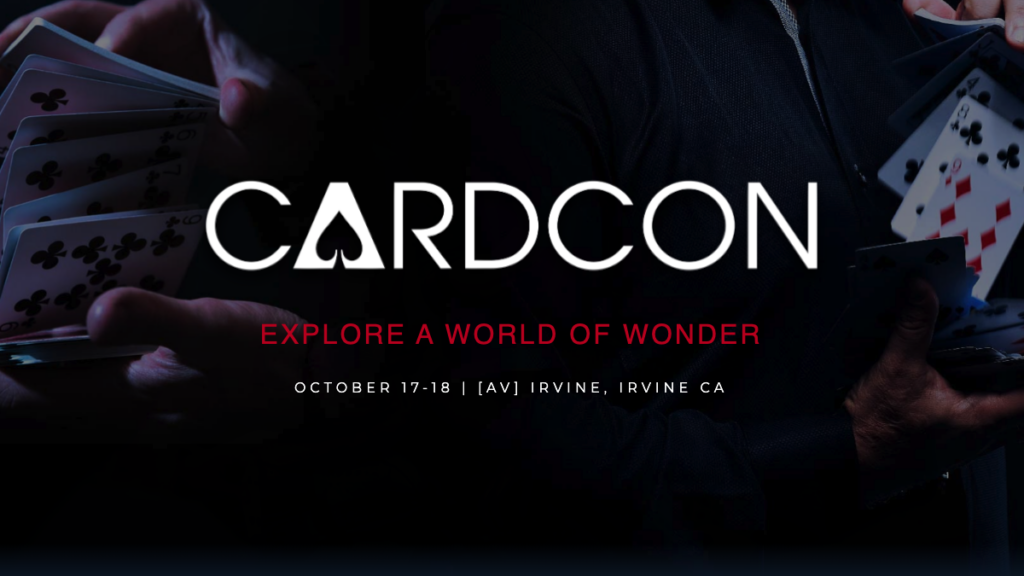
What is brand strategy?
A succinct definition of the word strategy, as articulated by Mark Pollard of Sweathead fame, is simply “an informed opinion on how to win.”
Unless you are a world-class athlete (and probably not even then), you wouldn’t dream of competing and hoping to emerge victorious without a coach. Unless you are a financial wizard, you wouldn’t venture into the equities market without your financial advisor by your side—or at least on speed dial. Regardless of the arena, a wise individual wouldn’t attack a daunting challenge in life without someone on their side who has the requisite skills and expertise (even if it’s simply Siri). After all, if you buy Pollard’s definition, strategy is grounded in an informed opinion—not just any old opinion!
So, why do so many marketers take their brands to market without a strategy or a strategic partner? And why is brand strategy among the first things eliminated when budgets are tight, as it is for many organizations these days? Do those folks even know what they are truly sacrificing when they skip merrily past “go” and move straight into execution? Probably not.
Winning the hearts and minds of consumers without a brand strategy is a game of luck, not skill. And, sadly, you just can’t count on luck. Brand strategy and all its external-facing manifestations (branding) are what enable certain products and services to beat out competitors and win with customers.
What is branding?
Branding is the strategic process of creating a unique identity for a product, service, or organization that distinguishes it from its competitors. It’s much more than a logo, tagline, or color scheme. It’s the embodiment of a company’s identity and promise to its audience. It encompasses the consistent representation of a company’s values, culture, and mission through various tangible and intangible elements.
As such, branding is both an art and a science.
Effective branding goes beyond a mere transactional relationship. It establishes an emotional connection with consumers and fosters loyalty–and connected consumers are more valuable consumers. Additionally, strong brands have value beyond consumer recognition and loyalty. Real value. Although it’s considered an “intangible” asset, the strength of a brand can dramatically impact the valuation of a company and even its share price.
But successful branding doesn’t happen overnight–it’s a process.
The branding process
Brand Vision:
The crucial business decisions made throughout the entire process must be grounded in the realities of your industry and your company’s inherent truths. This step sets the stage for future success as the vision will guide the brand architecture and other components.
__________
Brand Positioning:
Your brand positioning succinctly defines your target audience, challenges, category, differentiated benefits, and what you must do to prove those differentiated benefits to your customers. Oftentimes, one’s brand positioning will also include a brand promise: the commitment a brand makes to its customers, setting expectations for the experience they will receive. A good brand positioning strategy will provide a better understanding of how to achieve your organization’s objectives. It should be valid (true to the organization), differentiating (distinct from competitors) and motivating (inspire consumers to take action).
__________
Brand Architecture:
It’s imperative that marketers choose the correct brand architecture model, as it is a foundational element for your organization as it moves forward. Many future decisions, including naming, will be based upon the model selected in this phase.
__________
Brand Name:
Important because it is the first, and probably the most powerful, expression of a product or service. A company must choose the brand name very carefully as it conveys important information to stakeholders.
__________
Brand Identity:
Visual elements: This includes the visual aspects like logo, color palette, typography, and imagery that form the face of the brand.
Verbal elements: The tone and language used in communication—whether formal, friendly, informative, or authoritative—define the brand’s personality and connect with the target audience.
__________
Brand Activation & Execution:
Translating the brand positioning and identity across all your communications and touchpoints. Every interaction a customer has with the brand, including customer service, packaging, user interface, and overall product/service satisfaction contributes to their brand experience and heavily influences their perceptions and future loyalty.
The art and the science
So, what do we mean when we say branding is both an art and a science? We mean that while many of the external-facing manifestations of the brand are grounded in and rely on creativity to bring them to life, effective brand stewardship also requires a methodical approach to measurement and management.

The power of branding
Branding is a powerful tool that can influence how consumers perceive and interact with a company or product. It combines the art of creativity, storytelling, and emotional connection with the science of research, analytics, and adaptability. Successful branding builds trust, loyalty, and a lasting impression that can propel a business forward in a crowded marketplace. As businesses evolve, maintaining a strong and consistent brand becomes increasingly vital for sustained success and growth.
Ultimately, your brand is what your customers or clients believe it to be. All the more reason to build it strategically before releasing it out into the wild to grow and evolve naturally as consumers become familiar with and (hopefully) grow to love it.
Perhaps your brand survived, and perhaps even thrived, during COVID. Sadly, however, that doesn’t necessarily mean you are poised for continued success going forward. Consumer attitudes and behaviors have seismically shifted over the last three years—and are expected to continue to evolve with even greater speed and urgency than they have in the past.
Your brand is the one asset that can protect you from fickle consumer vacillations and market volatility. It’s time to give it the attention it deserves, and Wildfire can help!






